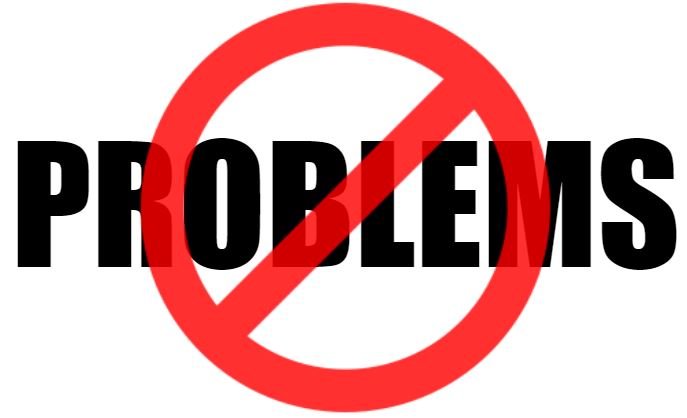What if there is no problem to solve?
This is a post by Susan Coward. She is a "RECOVER Alumni".*
*this term applies to everyone who has ever participated in research and/or prototyping
I am new to mindfulness theory and practice. There are many different guides, routes, experiences and recently, Loch Kelly led a guided meditation around the question:
“What is here now, when there is no problem to solve?”
While this question was to increase awareness of self, I wondered if this question could be helpful as one of many steps in problem-solving. There is no shortage of problems when we think about RECOVER’s work. If you look at the goal of strengthening individual and community wellbeing, RECOVER is using an unfamiliar journey concerning:
how we do this work (process),
what we research and learn how things work, what new practices may lead to better outcomes (content), and
how working with and learning from those marginalised by current conditions (relationships) are integral to the process, content and achievement of wellbeing goals.
But, we are not here to talk about problems. Instead, I want to go back to the question, “What is here now, when there is no problem to solve?” I came up with four ideas. They are not in any particular order, and they remind me of what is helpful to RECOVER’s goal of strengthening wellbeing.
1. The act of connecting is exponential.
Over the pandemic, we have heard about the impacts of isolation, bubbles, and video calls on our wellbeing. We have also heard how moving forward; we need to rebuild and strengthen connections with each other and throughout our broader communities. There seems to be a groundswell for building healthy relationships with each other and nature, our culture, mind and body, spirituality, and purpose.
2. Disruption is renewable energy.
Continuous improvement (e.g., fewer steps in an approval process) and adjacent improvements in adapting and implementing proven solutions (e.g., a new waste removal system) are two critical areas for innovation. Further along the continuum of innovation is disruption or transformation. Current conditions change, and new situations are created for the innovation to take hold. The business and technology sectors understand that investments in disruptive innovation create new possibilities. The social services and community sectors are signaling more urgency to go down this road.
3. Abundance is the forcefield of possibility.
We do have the ingenuity and resources to improve individual and community wellbeing. Many of us are in this pursuit with our frameworks, priorities, practices, and measurements. We see grassroots and volunteer efforts spring up to close the gaps within the system. In a Co-Design and Power presentation, Kelly Ann McKercher (strategic designer, researcher and innovation coach) said there are people with lived experience sitting on the bench and not being tapped on the shoulder to come into the game.
4. Humility invites curiosity and risk taking.
Over the last two years, stories and narratives have talked about uncertainties. The saying about being comfortable around uncertainty has been a constant. We don’t know what we don’t know. It invites different perspectives and research into a collaborative space. Pride and reputation can be roadblocks to innovation and disruption. Possibly being humble will be a new badge of pride.
Where to from here?
Okay, I started my list, inviting other thoughts and suggestions. Contrary to what Yogi the Bear said, “I am not smarter than the average bear.”
So, what do you think of wellbeing- “What is here now, when there is no problem to solve?” And how do we leverage these opportunities as we collectively strengthen individual and community wellbeing?

